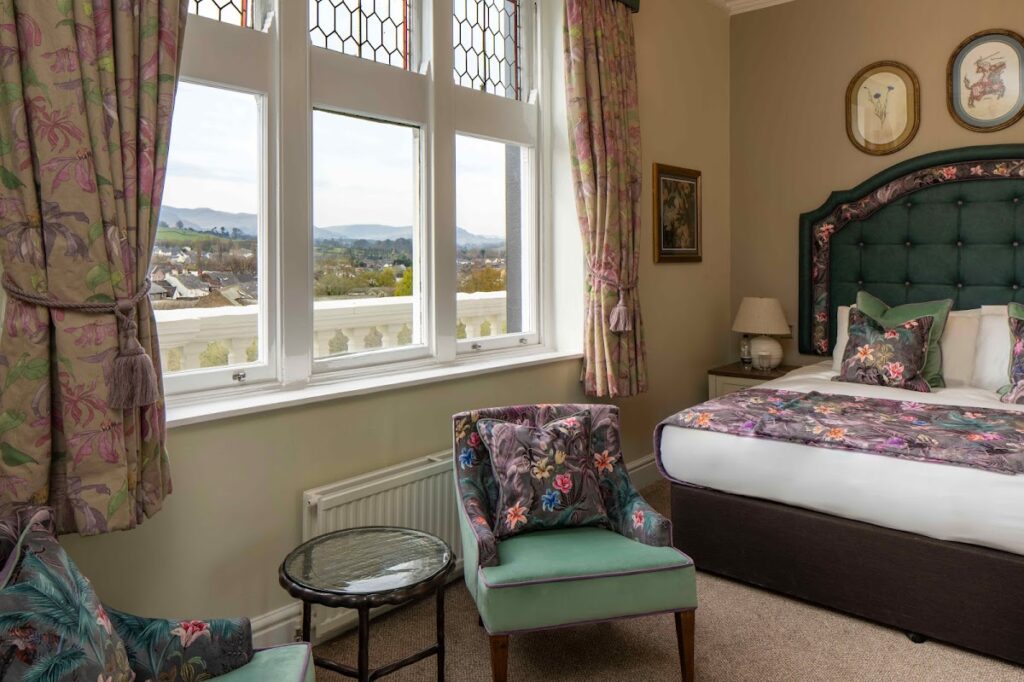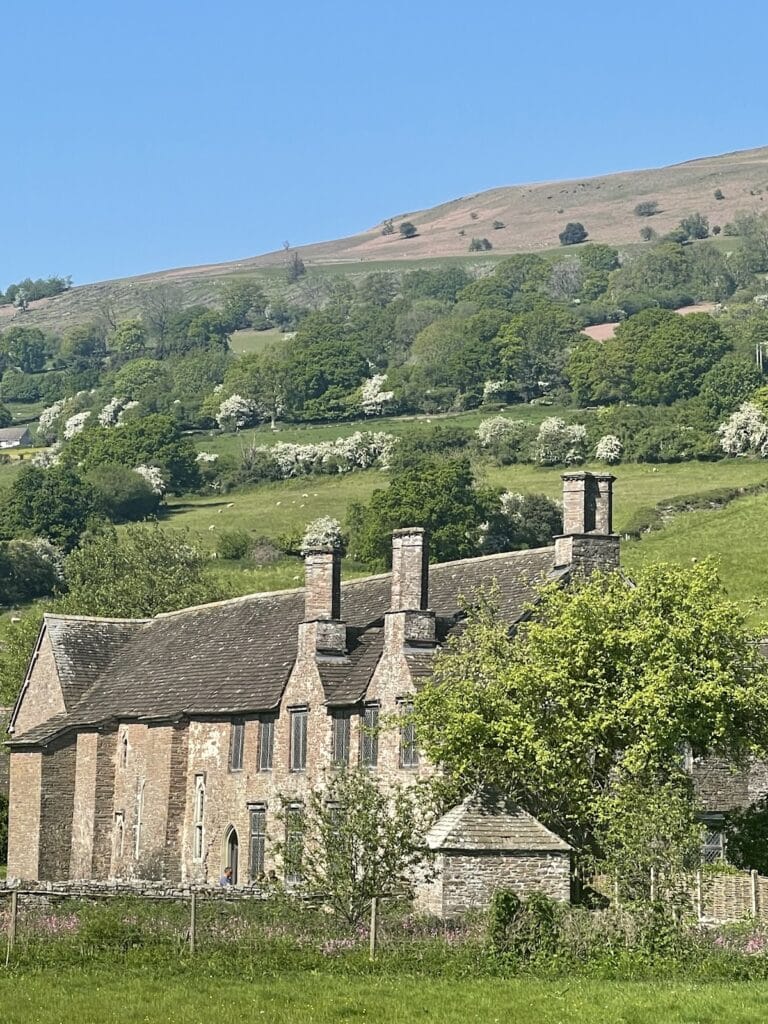Brecon Castle: A Norman Stronghold in Wales
Visitor Information
Google Rating: 4.1
Popularity: Low
Google Maps: View on Google Maps
Official Website: www.breconcastle.co.uk
Country: United Kingdom
Civilization: Unclassified
Remains: Military
History
Brecon Castle stands in the town of Brecon, Wales, and was established by the Normans following their expansion into South Wales. Its founding dates back to 1093 when Bernard de Neufmarché, a Norman nobleman, seized control of the Welsh kingdom of Brycheiniog. He chose the strategic location at the junction of the rivers Usk and Honddu to build a stronghold that would secure Norman influence in the region.
In the early centuries, the castle changed hands among prominent noble families. Initially, it was under the control of the de Braose family, a powerful Norman lineage. However, their rebellion against King John resulted in the crown confiscating the property in 1207. Ownership later passed to the Bohun family from 1241, who maintained the castle until 1373. After that, the Stafford family took possession, with Edward Stafford, 3rd Duke of Buckingham, being the last notable lord until his execution in 1521. Following this event, the castle’s estates reverted to royal control.
Throughout its history, Brecon Castle was frequently contested due to its military and political significance. It endured numerous Welsh assaults during the thirteenth and fifteenth centuries, including a notable destruction carried out by Llywelyn ap Iorwerth in 1231. The fortress also faced sieges during the First Barons’ War, a conflict involving rebel barons and King John between 1215 and 1217, and again during the English Civil War in the seventeenth century. These repeated attacks contributed to substantial damage, leading to a gradual decline.
By the sixteenth century, the castle had fallen into ruin, especially following the downfall of Edward Stafford in 1521. It remained in a dilapidated state until the early nineteenth century. Beginning in 1809, Sir Charles Morgan of Tredegar House undertook renovations of the remaining structures, transforming the former fortress into a hotel. This new use preserved aspects of the historic site while adapting it to contemporary needs, a role it continues to serve today.
Remains
Brecon Castle was originally constructed as a motte-and-bailey fortification, a common Norman design featuring a raised earthwork (motte) with an enclosed courtyard (bailey). The initial wooden keep atop the motte was replaced in the late twelfth century by a stone shell keep, forming a protective wall rather than a solid tower. This stone keep remains a central feature of the surviving earthworks, demonstrating the castle’s early defensive improvements.
In 1233, a significant addition was made with the construction of a stone wall encircling the bailey. Alongside this, two towers were built between the thirteenth and early fourteenth centuries: one with a rounded design and the other featuring a semi-octagonal shape. Around 1300, a hall block was incorporated, providing a space for gatherings and administration within the castle complex. These stone enhancements illustrate the castle’s evolution in both military strength and domestic function.
Today, remnants of the castle include the earthwork foundations of the core site and the ruined shell keep. One notable structure is the Ely Tower, covered with ivy, which carries local tradition linking it to the Bishop of Ely, who was said to have been imprisoned there. The area once occupied by the motte lies within the gardens of the Bishop of Swansea and Brecon’s palace, integrating the site into ecclesiastical grounds.
The castle’s outer bailey, forming a triangular enclosure to the south of the motte, now houses the Castle Hotel. Portions of this building incorporate remains from the thirteenth-century hall, including a two-story wall fitted with four pointed lancet windows characteristic of Gothic architecture. Adjacent to this wall stands a tower dating from the fourteenth century. These fragments preserve tangible connections to the castle’s medieval phase and mark the integration of historic fabric into later constructions.
Situated on a hill approximately 143 meters above sea level, Brecon Castle overlooks where the Usk and Honddu rivers meet. This elevated position provided natural defense and strategic oversight of the surrounding area, a factor influencing its original placement and enduring significance.










